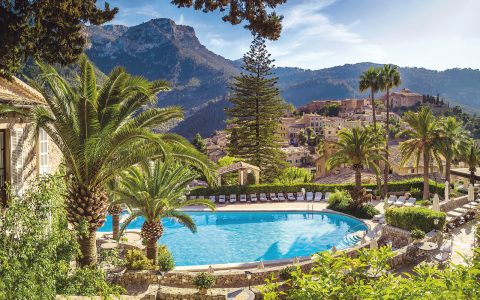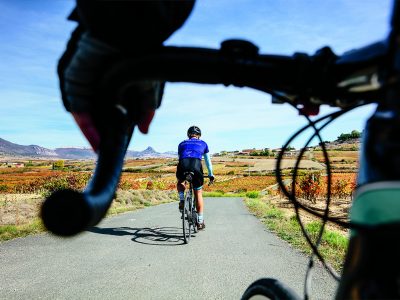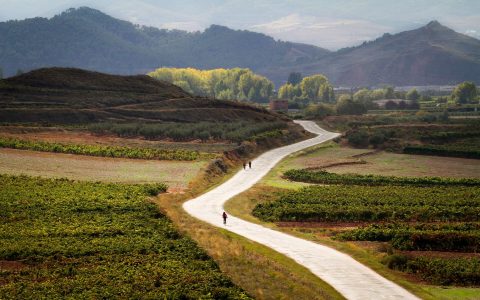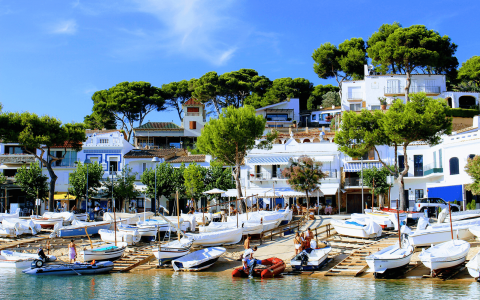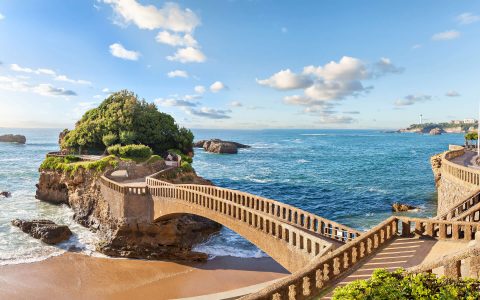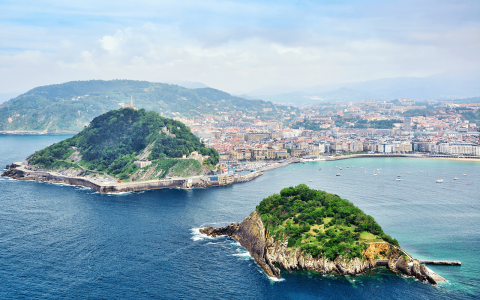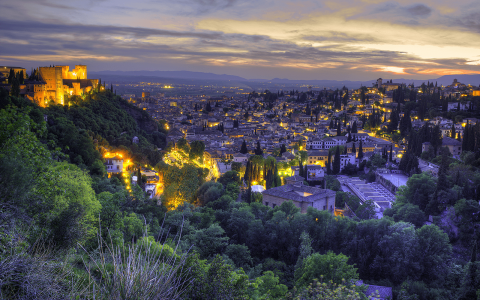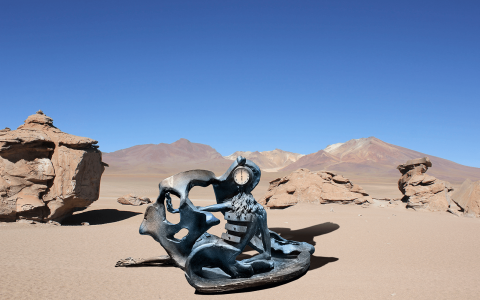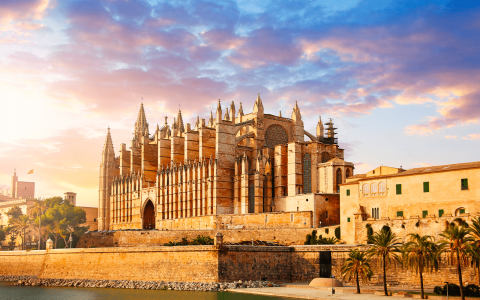The Rich Rewards of The Camino de Santiago
 The length of the Camino de Santiago, or the St. James’s Way, depends entirely on where you start.
The length of the Camino de Santiago, or the St. James’s Way, depends entirely on where you start.
You could walk out of your front door in Helsinki, Finland and 124 days later arrive in Santiago de Compostela. But only if you walked 28 kilometres (18 miles) a day, every day, regardless of how bad your blisters got.
Alternatively, you could amble out of your rented apartment on the outskirts of Santiago de Compostela itself, and on your way to the corner café, attend pilgrim’s mass in the cathedral.
It would be likely, however, that your empty pilgrim’s passport would raise eyebrows and earn you the scorn of any pilgrim present.
Myriad Ways to Meander
An infinite network of trails snake across Europe and only begin coalescing into more substantial paths once they enter Spain.
The “Primitive Way,” originally designed to avoid marauding Moors, hugs the northern coast:
The “French Way” follows the best bakeries further south:
The “Silver Way” heads north from Seville, shadowing the Portuguese border:
 None of these paths are easy. The topography of Castilla and Leon, Asturias and Galicia are notoriously rugged, and the weather fickle.
None of these paths are easy. The topography of Castilla and Leon, Asturias and Galicia are notoriously rugged, and the weather fickle.
The road underfoot is not made of that nice bouncy rubber stuff found in well-maintained children’s playgrounds but is uneven and rocky – as though a vengeful God had created an obstacle course to dissuade the irresolute.
The French-Spanish border is separated from Santiago de Compostela by a distance of 800 kilometres (500 miles). That translates into 28 full days of walking, trudging, crawling, persevering.
Ride an Ancient & Remarkable Route
Follow in the footsteps of pilgrims on a trip that’s truly divine: on this Camino de Santiago Biking trip, ride the ancient route from Leon to Santiago de Compostela and pass through remarkable landscapes unchanged for centuries.
DETAILED ITINERARYThe Plight of St. James

Lest you think this sounds like a hardship, take a moment to consider what St. James himself had to endure. (The following has been compiled from the infallible twin sources of legend and centuries-old hearsay.)
In 44 AD, James was beheaded by King Herod, governor of the Roman Province of Judea, for speaking his mind.
Then his headless body was put in an unmanned stone boat that navigated from the Holy Land to a tiny creek in northern Spain. Here, St James’ headless corpse, likely quite ripe by this stage, was promptly enveloped by a magical boulder.
He would stay in this stone sarcophagus for the next 800 years, until he was yanked from his stupor for marketing purposes. The Moors had invaded the Iberian Peninsula and Catholics needed a rallying cry.
Henceforth, and until the fall of the last Moorish stronghold in 1492, the cry of St. James and “Strike for Spain” could be heard at every skirmish between Christians and Moors.
Suddenly that saddle sore doesn’t feel so bad, does it?
For the Resolute, Rich Rewards
 The Camino, however, is not only hardship.
The Camino, however, is not only hardship.
The rewards en route far outnumber the tribulations. The landscape in what until recently was the backwater of Spain is touchingly untouched.
Roman and Medieval architecture are the backbone of cities and villages. History and lore are thick underfoot.
The local population, accustomed to pilgrims, will welcome you with a wry smile, a café con leche or a caña (small but cold beer) accompanied by a tapas (small but delicious snack).
Hamlets are frequent and fellow pilgrims seldom slip over the horizon before coming back into view.
Any pilgrim wanting to eat more than a sandwich will find that the pilgrimage is also culinary, from the sturdy reds and Cocido Maragato of Leon to the refined seafood and crisp white wines of Galicia.
Why Walk the Way?
 More difficult to quantify, but no less satisfying, is the sense of purpose.
More difficult to quantify, but no less satisfying, is the sense of purpose.
The way is the goal, no doubt, but so is the goal. It lies just over the horizon. No, not this horizon, the next. Progress is recorded by the stamps in your pilgrim passport.
Each hostel and waypoint, but also bar (wink, wink) will have its own unique stamp, just as every pilgrim has their own reason to make the pilgrimage.
What’s yours?
MORE FROM Spain + Camino de Santiago
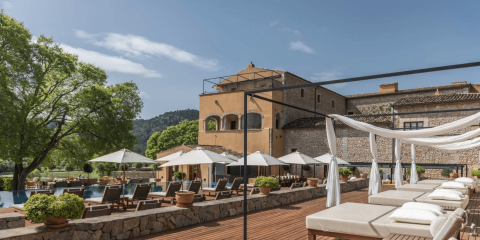
Son Brull Hotel & Spa Embraces Sustainability in Mallorca
Mallorca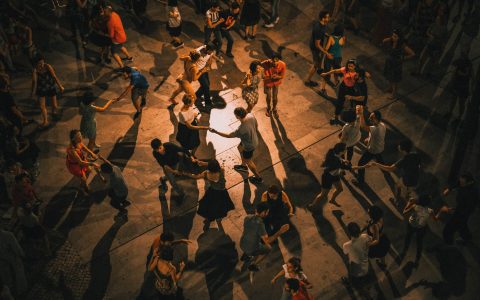
The Slow Fund: Commissioning New Instruments for Musika Etxea
Basque Country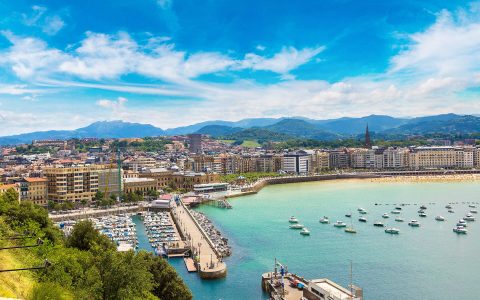
9 Things to Do that Will Submerse You in San Sebastian
Basque Country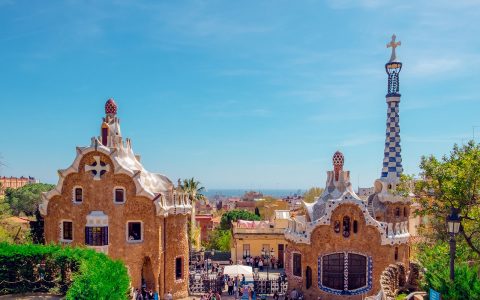
11 of Barcelona’s Most Spectacular Museums
Catalonia
What We’re Drinking:
Rioja’s Reds and Danish Akvavit
Denmark
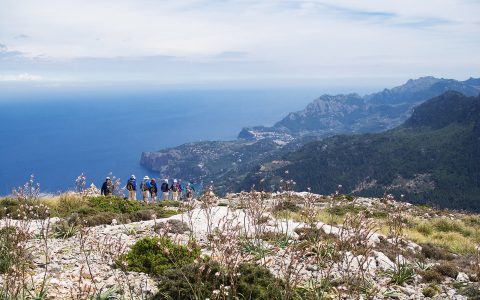
Our Favourite Coastal Walk Right Now: Mallorca
Mallorca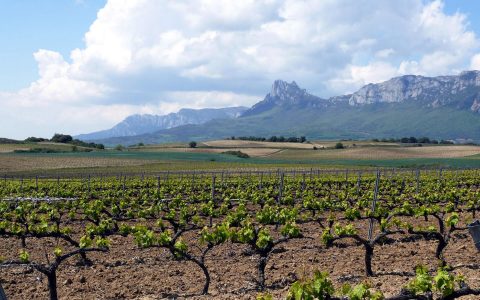
The 10 Best Rioja and Ribeira del Duero Wines
Rioja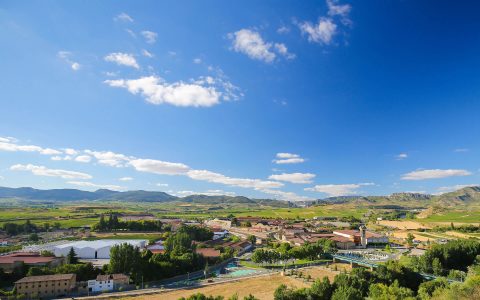
Reading for the Road: Our Favourite Books About Rioja
Rioja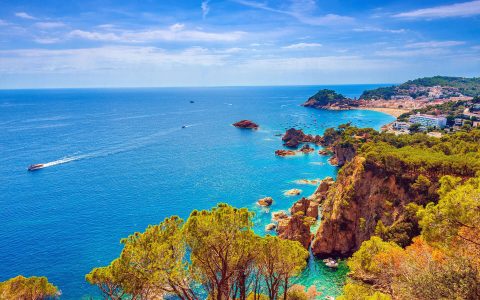
Reading for the Road: Our Favourite Books About Catalonia
Catalonia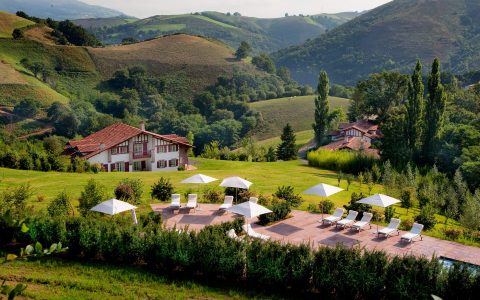
The 16 Best Luxury Hotels in Spain
Spain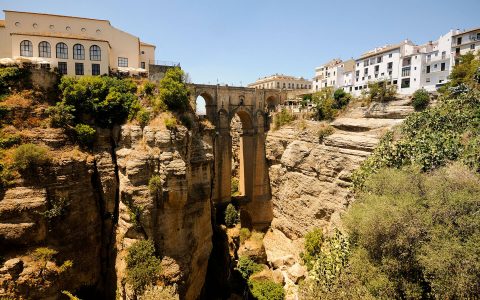
Reading for the Road: Our Favourite Books About Andalucia
Andalucia